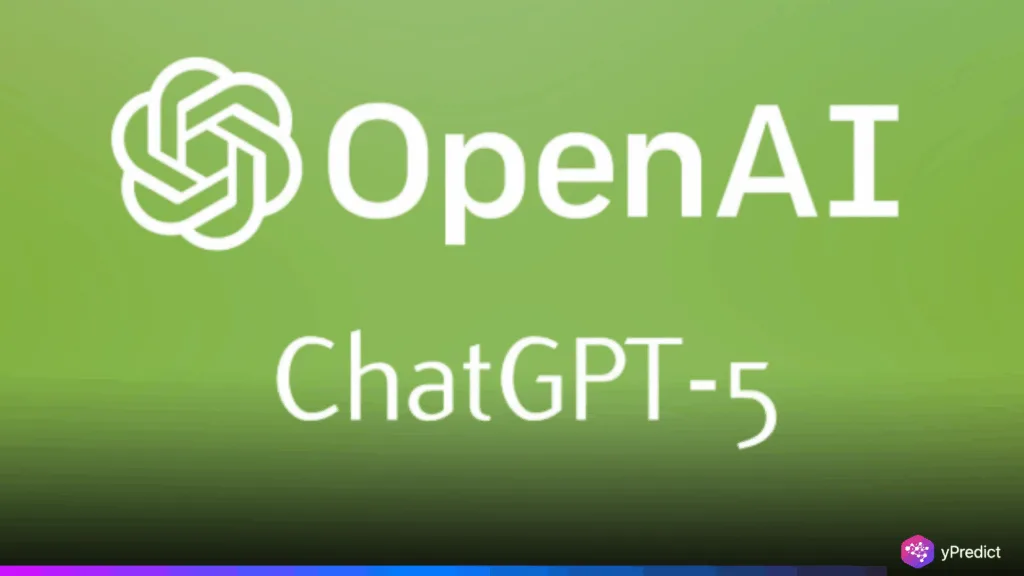
OpenAI has once again motivated the AI community. Brad Lightcap, a key spokesperson at OpenAI, just pointed out that GPT-5 already shows hints of the building blocks of a generalized AI system. This is a critical signpost, indicating that AI is moving beyond narrow, task specific systems but toward systems that can learn and reason across many domains. While we are still a long way from true artificial general intelligence (AGI), that seems entirely possible now, in many ways, thanks to GPT-5.
Understanding the full potential of GPT-5 requires us to look at both its capabilities and limitations. Lightcap emphasizes that the industry might not even realize we have reached AGI until years later, due to the vast capability gap still present between current models and human-like intelligence. The implications are profound: organizations, developers, and innovators have a decade of opportunities to create products built on this evolving intelligence.
As AI capabilities continue to evolve, new questions emerge about how a generalized AI system, with human-like intelligence and understanding, could change industries, alter research, and impact daily life. GPT-5 is making the promise of AI of automating great complex workflows and decision-making less science fictional. Let us dig into what that means for the future of AI, the products it will create, and where we will go on our path toward a fully realized generalized AI system.
Understanding GPT-5 Capabilities and Its Place in AI Evolution
GPT-5 is a step-up from typical AI models that can handle one task. Whereas earlier models were tuned for specific tasks, GPT-5 is flexible and can work over many domains. OpenAI notes from its explorations that GPT-5 can discern fine details, relate things logically, and create unique content with little prompting.
These capabilities make it one of the most sophisticated models available today, yet it remains distinct from AGI. The model still requires structured input and human oversight. However, its ability to generalize across tasks indicates a shift toward more flexible and autonomous AI systems. Researchers believe that continued refinement could narrow the gap between task-specific intelligence and generalized AI system functionality.
The Capability Gap Between GPT-5 and True AGI
Even with all the hype around GPT-5, Lightcap reminds us that there is a big gap in capabilities. Current LLMs (even GPT-5) are excellent in language understanding, reasoning, and pattern recognition, but the self-awareness of reasoned depth and learning autonomy that defines AGI is absent.
This gap means that while GPT-5 may show generalization capabilities, human involvement is still needed to be accurate and safe. OpenAI had some thoughts indicating that it won’t be clear when AI has reached AGI until well after it has happened. Until that day comes, AI developers have the ability to take advantage of GPT-5 with improving functionality, but they must also look to the next AI event.
Transforming Innovation With GPT-5
Even if AI innovation stopped today, Lightcap sees at least ten years of product ideas left to build. From ed-tech to health and wellbeing, financial services to creative industries, the capabilities that GPT-5 offers can reform workflows, automate processes, and provide intelligent support.
Think about how AI-enabled research tools can scan enormous amounts of data and summarize it very quickly, or how I saw customer service agents in America develop complex and lengthy answers to deep customer questions without any reference material. These illustrations have tangible implications for how generic AI tools could change business models in many industries. Companies can leverage GPT-5 as a tool to accelerate product development with a lower resource cost, while building the primary generative technologies needed for future AGIs with larger capabilities.
Ethical and Strategic Considerations
With GPT-5 on the horizon, and its proximity to generalized intelligence, ethical implications are raising the stakes. OpenAI mentions in its insights that responsible deployment of AI is essential to ensure AI benefits society. Decisions about transparency, accountability and biases will prove critical as organizations utilize models across a breadth of new endeavours.
Where strategy is concerned, organizations will want to be prepared for this AI-driven paradigm shift to trade. Moreover, organizations that understand how to use GPT, and act on that knowledge early, can better position themselves with a unique opportunity for competitive advantage. The breadth and depth that the model can utilize means organizations can explore innovative solutions across various sectors and verticals, all at the same time, establishing a road map for the rest of AI-powered sectors.
The Road Ahead for Generalized AI Systems
The road toward AGI continues, However we can see markers demonstrating the movement forward. OpenAI, through its advancement methods to learning, is showing us that generalized AI system frameworks are very close to being turned in to reality. More research, development, experimentation and careful actions will define the next 10 years of AI utilization.
Focus will trend toward increased autonomy, multi-dimensional reasoning and safety to guide episodes of AI to reaching AGI. Today with GPT-5 we have an identifiable basis to be able to experiment, learn, explore and prepare for a future AGI.






